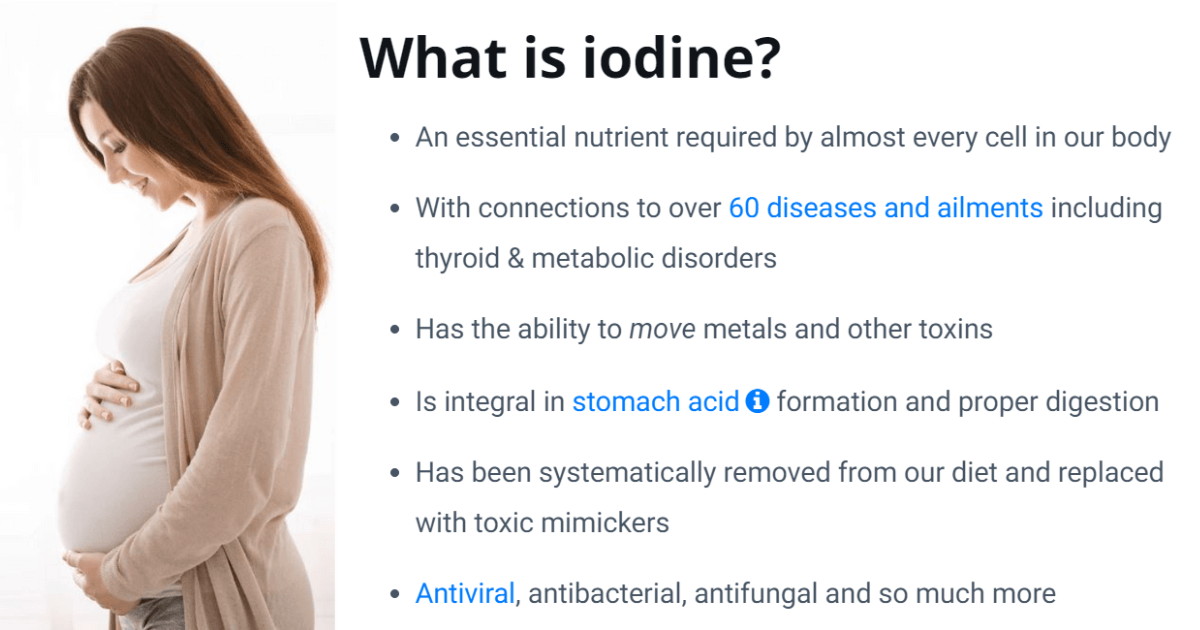Himalayan salt is a
table salt. Analysis of a range of Khewra salt samples showed them to be between 96% and 99%
sodium chloride, with trace presence of
calcium,
iron,
zinc,
chromium,
magnesium, and
sulfate, all at varying safe levels below 1%.
[1][9][10][11] Some salts mined in Pakistan are not suitable for food or industrial use without purification due to impurities.
[1] Some salt crystals from this region have an off-white to transparent color, while the trace minerals in some veins of salt give it a pink, reddish, or beet-red color.
[12][13]
Nutritionally, Himalayan salt is similar to common table salt.
[11][14] Though a study of pink salts commercially available in Australia showed Himalayan salt to contain higher levels of a range of elements, including calcium, iron, magnesium, manganese, potassium, aluminum, barium, silicon, and sulfur, and reduced levels of sodium, compared to table salt, the authors concluded that "exceedingly high intake" (a level in excess of the recommended daily salt intake by almost 600%) would be required for the differences to be clinically significant, levels at which any potential nutritional benefit would be outweighed by the risks of elevated sodium consumption such an intake would entail.
[15] One notable exception regards the
essential mineral iodine. Commercial table salt in many countries is
supplemented with iodine, and this has significantly reduced disorders of
iodine deficiency.
[16] Himalayan salt lacks these beneficial effects of iodine supplementation.[17][18]
 ). However, I did find this Lugol solution on a Brazilian website. Is that the same as taking iodine tablets?
). However, I did find this Lugol solution on a Brazilian website. Is that the same as taking iodine tablets?




 )
) (you know I loooooove Bacon, sausage and so on
(you know I loooooove Bacon, sausage and so on  )
)